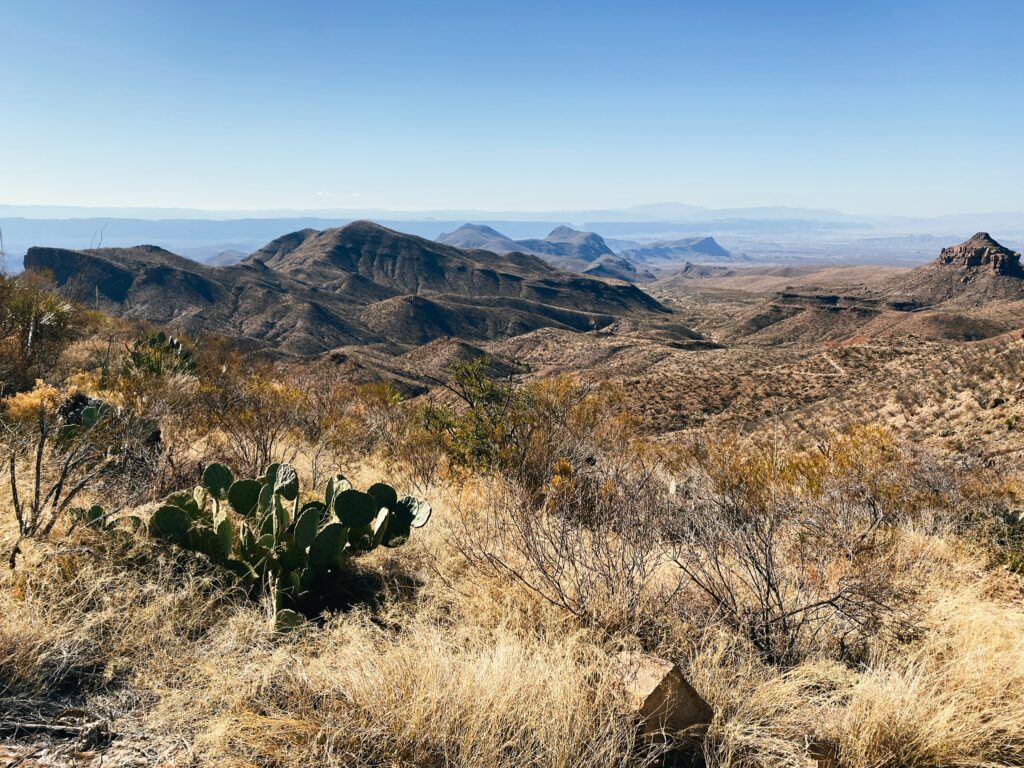
Big Bend National Park is one of our favorite locations to explore. It is remote, rugged, and spectacularly beautiful. Trekking in the mountains and deserts of Big Bend is a unique challenge. The weather can range from at or below freezing at night to brutal heat all in the same day. This trek is not for the faint of heart. There are virtually zero flat sections of the trek, but the views, especially the star filled skies at night, are spectacular.
This team will take on the traditional Big Bend Outer Mountain Loop. This itinerary is very strenuous and requires significant mileage with a full backpack. Daily mileage on this itinerary is around 12 miles for 3 consecutive days and precisely zero of these miles are flat. We lead two different Big Bend itineraries and this is definitely the more difficult of our two. Both trips offer an attempt at Emory Peak, though very few of our OML teams have chosen to try for Emory in addition to the loop.
Dates: March 25-29, 2026
The trip will depart from the Tulsa area on the morning of March 25th and will return late evening on the 29th. Team members can also choose to fly into and out of Midland airport (airport code MAF) if they choose, though flights into MAF are not usually cheap. If you choose to fly, you will need to arrive at MAF no later than 3PM on March 25th and depart no earlier than noon on March 29th.
Cost: $1,200
- A non-refundable $300 (25%) deposit is required at the time of registration to secure your spot on the team.
- $600 (50%) is due before December 1st, 2026.
- $1,200 (100%) is due before February 1st, 2026.
What is included:
- All meals along the trail, including camp style hot breakfast and dinners and cold trail meals for lunch each day. Upon completion of the trek, we will enjoy a celebratory dinner at a steakhouse, which is also included.
- All transportation to and from Tulsa area to Big Bend National Park.
- Tents, trekking permits, campground fees, etc. are all included.
What is NOT included:
- Food on the drive to and from Big Bend, with the exception of the celebratory dinner on the return drive.
- You are required to bring your own trekking gear (sleeping bag, backpack, clothes, hiking shoes/boots, trekking poles, etc.). We will provide an extensive and detailed packing/gear list for all of our participants.
- You are responsible for your own trekking snacks (we will provide a sample list of what most trekkers will be bringing).
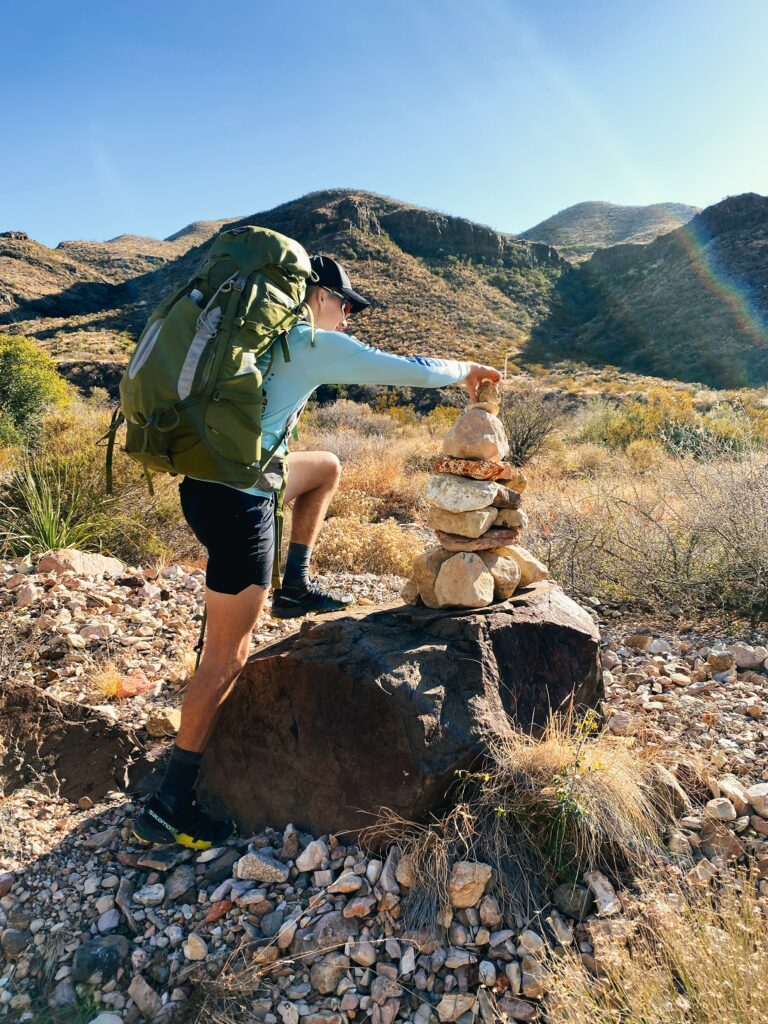
Trek Difficulty: Very Difficult
We rate our proposed itinerary in Big Bend National Park as “Very Difficult.” It is not as rigorous as our Kilimanjaro or Whitney treks, but it is still a huge undertaking. Some look at the total mileage and the lack of extreme elevation and underestimate the challenges presented in Big Bend, but this is a mistake. We have found that those who complete our Big Bend treks often describe it as one of the most physically demanding things that they have accomplished. There is still significant elevation gain and loss and traversing the exposed desert can be grueling.
That said, unlike Kilimanjaro and Whitney, we are open to taking novice trekkers on this adventure, provided they put in the work to ready themselves for what is waiting for them at Big Bend. We suggest that all members of our team devote themselves to a season of physical training that should include a mix of smaller training hikes, strength work, and significant cardiovascular exercise.
Itinerary:
Day 1 (Mar 25th)
We will depart the Tulsa area around 6:00AM and make the 9 hour drive to Fort Stockton, Texas. We will enjoy a nice dinner together as a team and spend a night at a hotel. Team members are responsible for their own food during the travel day. We can arrange single occupancy hotel rooms for a $200 charge.
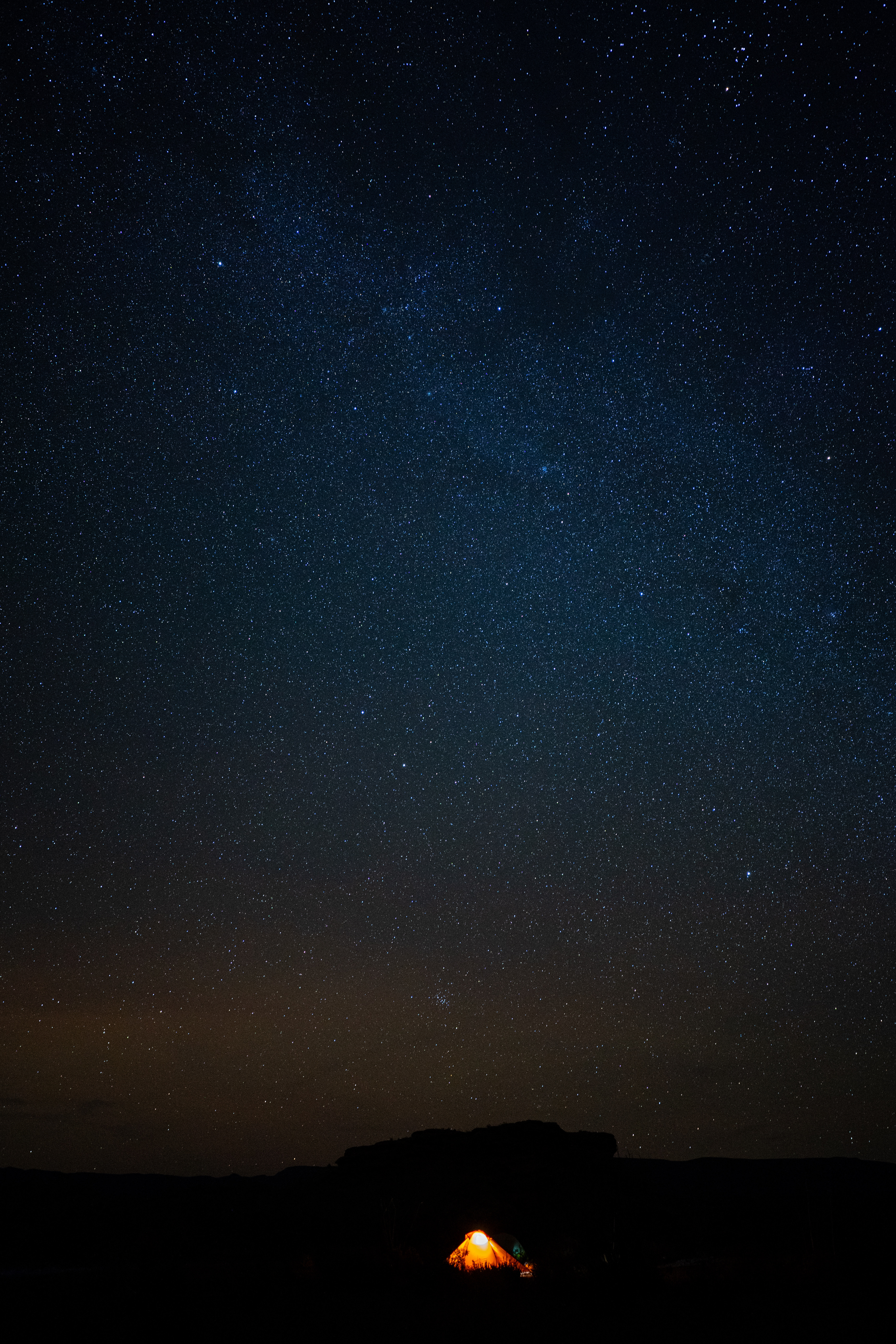
Day 2 (Mar 26th)
We will be up early (~6:00AM) and on the road to Big Bend. It will take us around 2 hours to drive to the park and then another couple of hours to stash water for the trek. Water is the primary variable for this itinerary. We expect to see zero water on trail, so we have to stash water to pick up at the end of day 2. After stashing water and checking in for our backcountry permit, we will proceed to the Chisos Basin to begin the trek.
We will all be carrying heavy to start the trek (~8L of water per person…for those unfamiliar, this is a lot of water and will be quite heavy) and the first 3 miles of the trail are very tough. We will be ascending the Pinnacles Trail to gain the top of the Chisos Plateau. This stretch is difficult with minimal weight. It will be very challenging carrying full packs and enough water for 2 days of trekking. We will take our time on the ascent and fortunately the trail becomes a bit easier for the next couple of miles across the plateau after the ascent. The plateau is not flat, really at all, but the trail in this section is manageable.
After traversing the plateau, we will gain a bit more elevation before a lengthy and steep descent down the Juniper Canyon trail into the desert. We will make camp somewhere near the intersection of the Juniper Canyon and Dodson trails. We will cover ~11 miles on day one and everyone will be ready for bed.
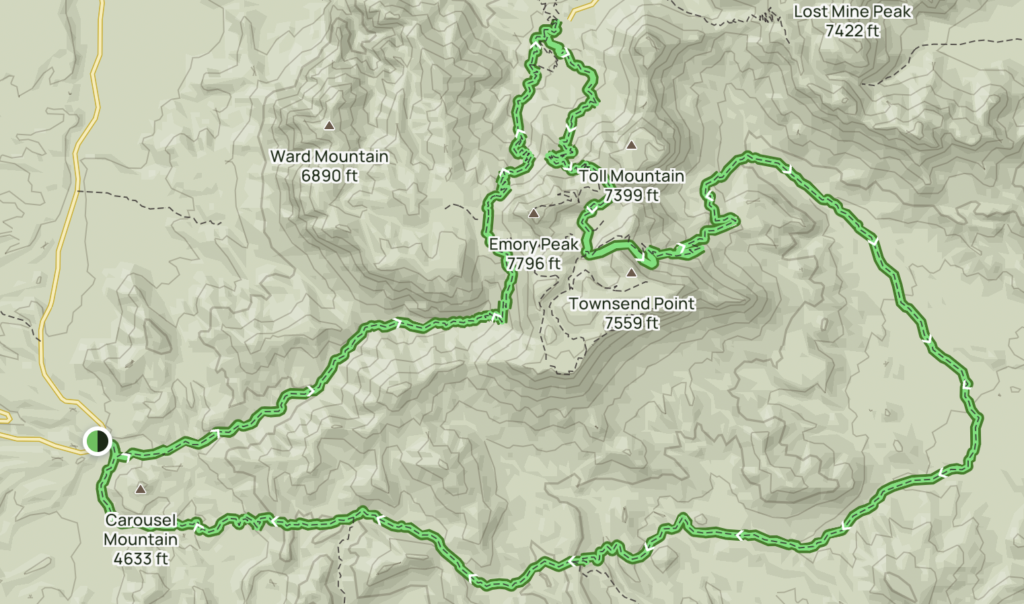
Day 3 (March 27th)
We will spend all of day 3 traversing the famous Dodson trail. The Dodson is a grueling 12 mile adventure through completely exposed desert washes. In shade, this is a very nice trail. In full sun (and full sun is likely), this will be another very challenging day. The good news is we will be a carrying lighter loads with every step, but many will still find this to be the toughest day on trail.
We will take our lunch around mid-day at Fresno Creek. We have seen water in Fresno Creek a few times, but more often than not, it is less than six inches wide and less than one inch deep. The creek drainage does provide a brief shade though, so we will take an extended break here.
The climb out of Fresno Creek is the longest on the Dodson, though it is a mild climb compared to both trips up and over the Chisos. After a few more miles in the desert, we will eventually make the saddle overlooking the western portion of the trail. This spot provides an absolutely incredible view in all directions, and it is only another hour and a half or so from there to the water resupply at Homer Wilson Ranch. We will each pick up another 4L of water at Homer Wilson to last us the remainder of the trek. Day 3 mileage will be somewhere between 11 and 14 miles.
***The end of day 3 will determine whether or not Emory Peak will be in the cards for day 4. If we have the energy to make our way a few miles up Blue Creek after our water resupply, we will keep the option open to attempt Emory. If we have to camp near the resupply, we will not have the time, nor energy, on day 4 to take on Emory Peak.***
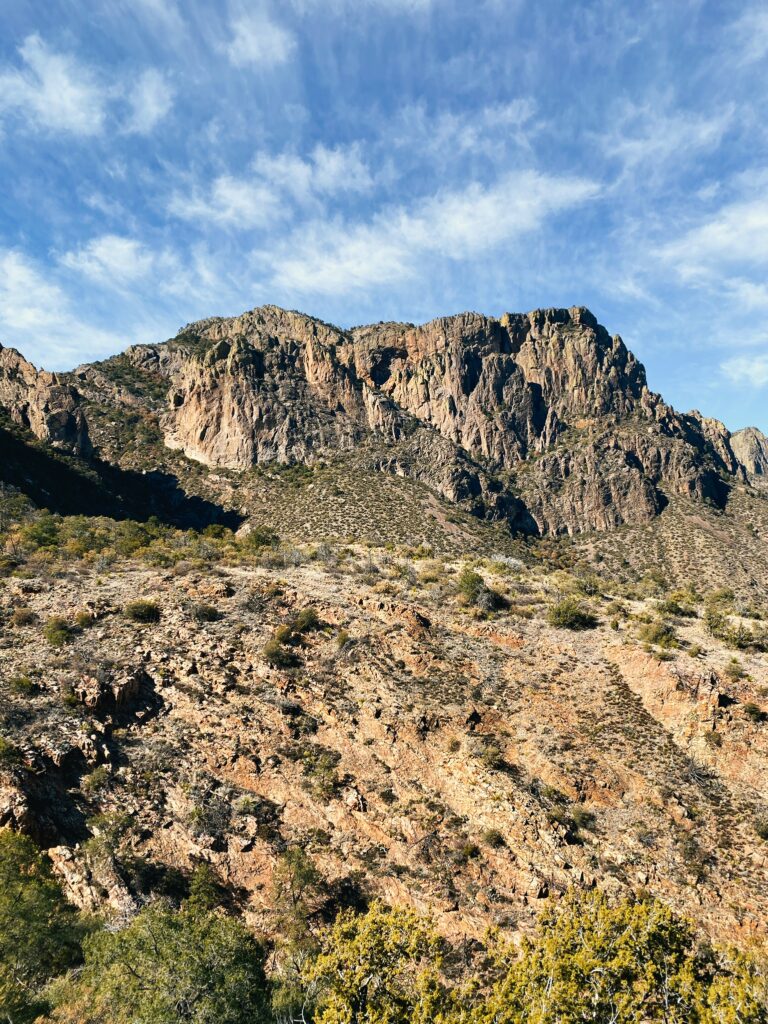
Day 4 (March 28th)
This day begins with a steady climb up the Blue Creek drainage. It is a very mild climb for the first few miles, but the finish is quite steep. The views become more and more spectacular with every step, but you will have to muster everything left in you to finish the ascent.
When we gain the Chisos Plateau again, we will then either proceed deeper into the mountains to attempt Emory Peak or make our way back down the Laguna Meadows trail back to to the basin. If we take Laguna Meadows, we will be back at the cars in just a couple of hours and will begin our travel home. If we are in a position to attempt Emory, we will add another 3 miles via the Colimas and Boot Canyon trails and then on to Emory Peak. The trail to Emory is pretty straight forward until the last 40 or 50 ft. A short rock scramble with a bit of exposure is required to gain the summit. The views are worth it, but it is definitely not for everyone. There is no shame for those who choose to forgo the scramble and remain at the base of the summit.
After our time on Emory, we will proceed back down the Pinnacles Trail to the Chisos Basin. The Pinnacles Trail (the same trail we will ascend on day 2) is much steeper than the Laguna Meadows trail, so choosing to take on Emory is also a choice of a much tougher descent back to the basin.
Whichever route we end up taking, we will be back in the cars and on the road to Fort Stockton by mid afternoon. When we arrive back in Fort Stockton we will grab a shower in our hotel and then make our way to K-Bob’s Steakhouse for a well-earned celebratory feast (eat whatever you want…it’s included in your trip cost).
Day 5 (March 29th)
We will try to be in the cars and headed back to Tulsa by 7:30AM and should arrive back in Tulsa in the early evening.